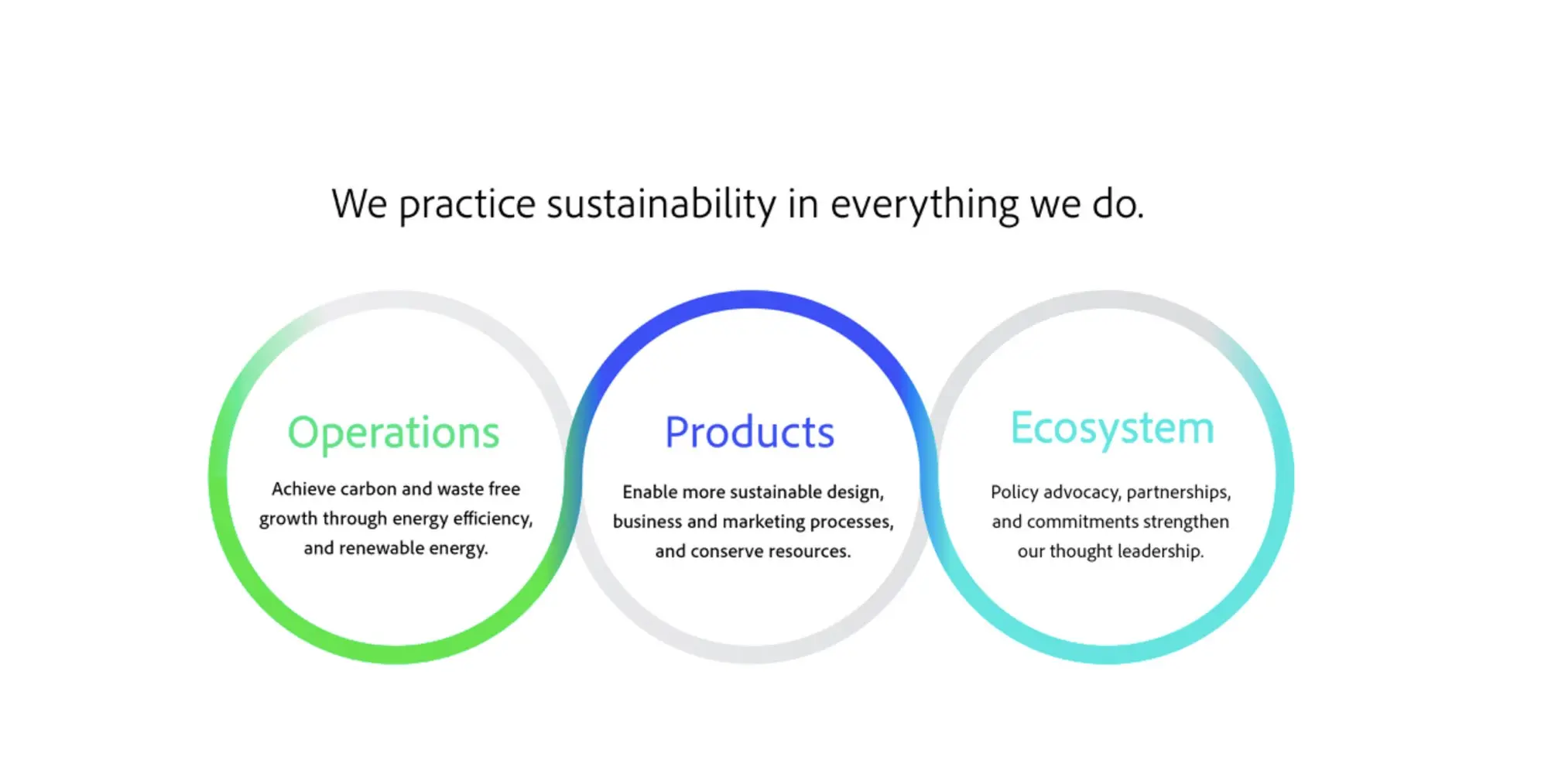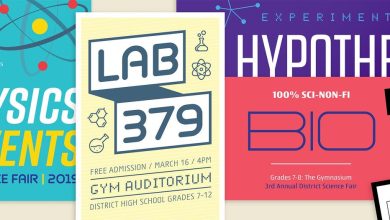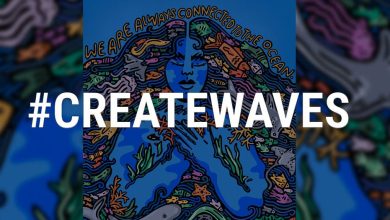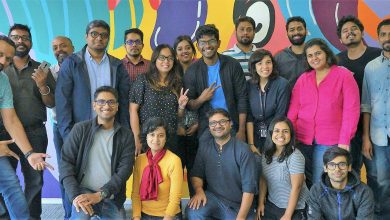5 ways Adobe addressed the climate crisis amid a pandemic
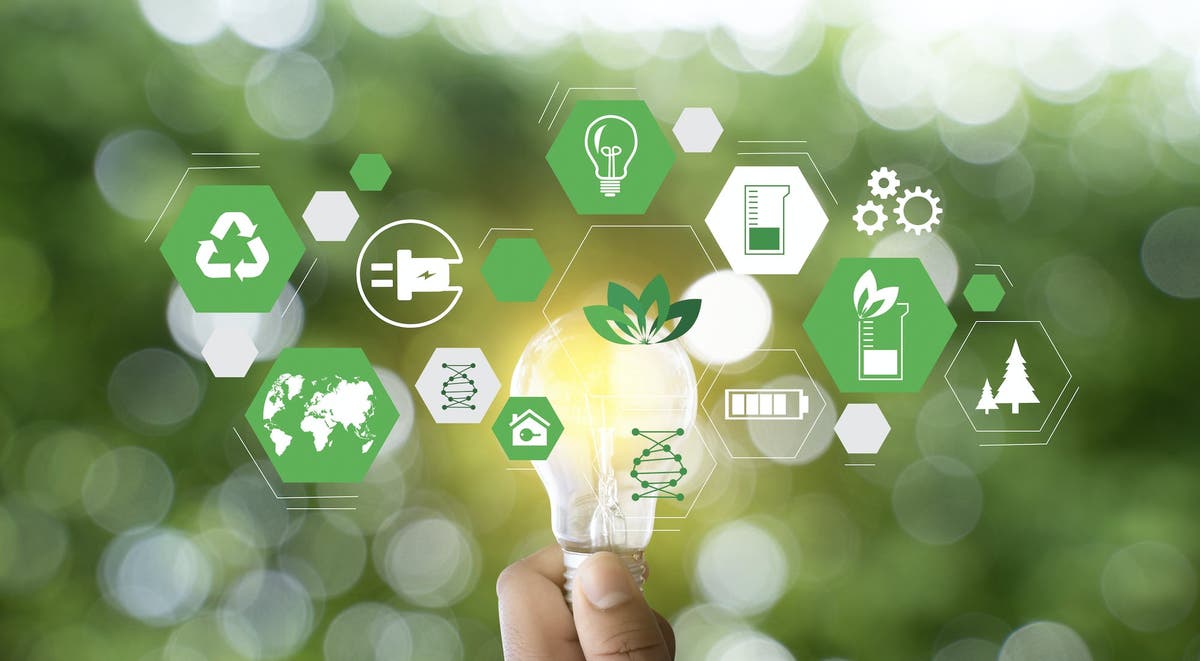
When it comes to something as important as environmental sustainability, no one person or business can go at it alone. In fact, success from a business sustainability standpoint is inextricably linked to a collaborative, “do more together,” approach. Despite the challenges of the last year, Adobe has stayed committed to our ambitious sustainability goals and we are making progress on them. In fact, the crises over the past year mean that now, more than ever, we have to take decisive action on addressing our climate.
Adobe’s sustainability strategy is focused on three main pillars of our business:
We believe that collaboration with peers, customers, and suppliers is key to making an impact on environmental sustainability across each of our three sustainability pillars. And, our collaborative approach is what has earned us much of the industry accolade we received in the last year. We’ve been named to the CDP ‘A List’ for climate change for the fifth year straight—an honor awarded only to the top 2.8 percent of almost 10,000 companies scored by CDP, an international non-profit that helps companies disclose and manage their environmental impact. Most recently, Adobe was named for the third year in a row a CDP Supplier Engagement Leader and ITI awarded Adobe the Environmental Steward Award. We’ve also made the Dow Jones Sustainability Index (DJSI) for five consecutive years.
Below, we go deeper into some of our sustainability initiatives and milestones from the past year.
Contents
1. More ambitious Science-Based Targets
Through strategic initiatives and partnerships, we have reduced our total energy consumption by over 10,000MWh and reduced our greenhouse gases emissions by 1,000 tons (2.2 million lbs) in the past three years. We also raised the ambition on our Science-Based Targets (SBTs) to meet the challenges of a climate crisis that demands we take decisive action.
“We were among the first to set SBTs in 2016 (greater than 2oC ambition), following the guidance from the Paris Climate Accords. However, the crisis has deepened and in 2020 we raised the ambition on our SBTs to address the guidance on a 1.5oC-scenario. This, in addition to our RE100 goal set in 2015 of powering our operations and digital supply chain with 100 percent renewable energy (electricity)—without the use of offsets or unbundled renewable energy certificates (RECs) to do it—really differentiates Adobe’s sustainability efforts,” says Vince Digneo, head of sustainability at Adobe. “Our sustainability goals are based on true renewable energy deployment, for our operations and throughout our supply chain, and advocating for policies that allows us to completely decarbonize our business by 2035.”
2. Advocating for climate action
Adobe has called on businesses and governments to come together to put climate action at the forefront of COVID-19 recovery efforts. In fact, our CEO, Shantanu Narayen, joined more than 150 business leaders in advocating that we “Recover Better.” Adobe also joined the LEAD on Climate 2020 initiative in May, in which more than 300 businesses (the largest-ever call to action from the business community) educated members of the U.S. Congress on why we need to invest in resilient infrastructure, transition to a net-zero emissions economy and longer term solutions such as a price on carbon.
“It’s critical for business decision makers to accelerate the move toward more sustainable practices,” Digneo says. Advocating for strong, climate and clean energy-based policy is one of our major focus areas. Collaborating with industry peers, non-profits and NGOs, allows us to scale our efforts and achieve more by working together.”
3. Innovations that enable circular design and paperless workflows
Our product innovations have helped our customers to achieve their sustainability goals while simultaneously helping them pivot to remote processes in response to the pandemic.
Brands like Ben & Jerry’s, for example, which turned to Adobe Dimension to create realistic 3D renderings of ice cream pints in a “virtual photoshoot,” are finding that digital photography is a more sustainable option, cutting out the travel, shipping of materials needed for in-person shoots, energy for lighting, and the emissions that go along with physical photoshoots.
Additionally, TSB Bank used Adobe Sign and Adobe XD to roll out 20 forms online when COVID-19 hit the United States back in March 2020, processing over 80,000 interactions digitally. This transformed about 15,000 potential in-branch visits into digital-only interactions, which not only kept customers safe during the health crisis, but also reduces paper and water waste, greenhouse gas emissions, and air pollution.
The U.S. Census, which used Adobe Experience Cloud solutions to power the first digital decennial in 2020, could save at least $55 million for each 1 percent increase in digital census responses, compared with paper-based survey responses and door-to door recording. Finally, financial institution Wintrust was able to fund $3.3 billion and approximately 11,000 loans with the help of Adobe Experience Cloud solutions.
“Our product innovations are helping Adobe’s customers reimagine design, marketing, and business processes, moving from inefficient and wasteful use of natural resources and travel-intensive ways of working to more sustainable practices with digital workflows,” Digneo says.
4. Operational sustainability
With Direct Access in California, in late 2020 we signed a contract that will deliver 100 percent renewable energy to our sites in San Jose, San Francisco, and Emeryville. This will move our total renewable electricity purchases to ~45 percent—none of which are supplied with offsets or unbundled RECs, which we think is a true differentiator.
While still closed, our Lehi offices are running on 100 percent renewable energy due to a green tariff with Lehi Power that went online in January 2020. Additionally, our new Phase II building in Lehi has rooftop solar panels that serve to decrease what we draw from the grid, even with renewable energy.
We are effectively decarbonizing our business by removing equipment that runs on fossil fuel and replacing them with those that run on electricity and will be powered by renewable electricity.
The all-electric North Tower in San Jose will help us reduce our greenhouse gas emissions and demonstrates our commitment to power our operations with 100 percent renewable energy by 2035, which will reduce our environmental footprint.
5. Using our leadership in creativity to promote environmental causes
In August we teamed up with the United Nations Environment Programme (UNEP) and The Ocean Agency for a new global awareness campaign called “Ocean League,” to rally support for ocean conservation and stronger climate action. Here’s how it works: Anyone who wants to show their support for ocean protection and influence global climate change policies can sign the Ocean League pledge, powered by Adobe Sign, and share their support with Adobe Photoshop Camera using our specially designed ocean-themed lenses and the #OceanLeague hashtag. Using Adobe tools, Ocean League aims to gather more than a million pledges to influence policy making at major climate events in 2021. You can read more here about the intiative.
“We believe that using creativity, anyone can tell more visually impactful stories, connecting others to causes that matter,” Digneo says. “While we are certainly proud of the work we’ve done over the last year, we know we still have quite a bit more to do. But we are certain that our collaborative approach to product innovations, sustainable operations, as well as policy advocacy and partnerships will help in achieving a more resilient, clean energy future that will improve life for all of us.”
Source : Adobe

